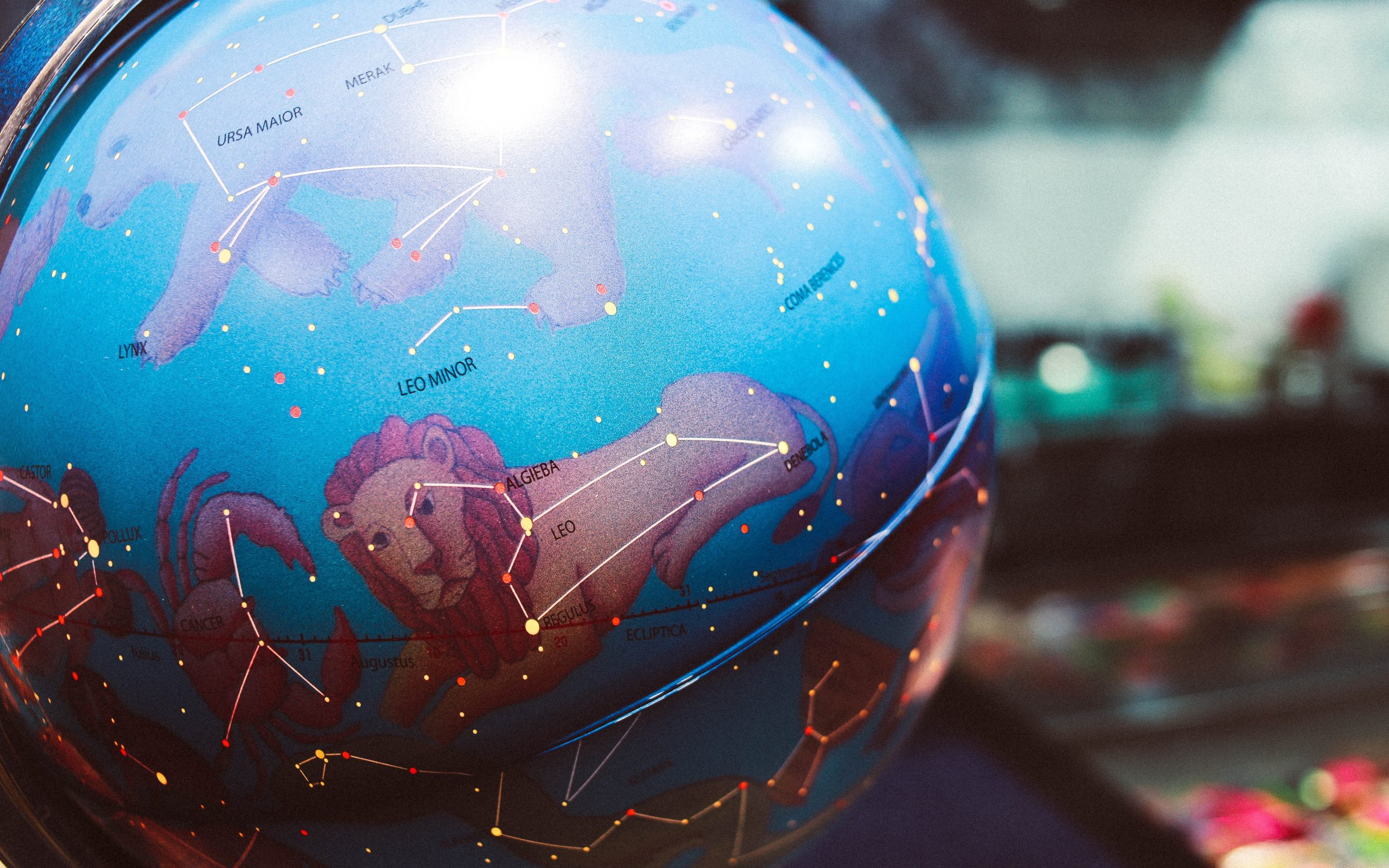Exploring the Symbolism of the Full Moon in Literature
The celestial bodies have always captivated human imagination and inspired countless myths, legends, and stories. Among these celestial entities, the full moon holds a particularly mystical allure. Its radiant beauty, luminosity, and cyclical nature have featured prominently in literature across cultures and eras.
In this blog post, we will delve into the rich symbolism of the full moon in literature, uncovering the diverse meanings associated with this celestial phenomenon.
The Moon as a Universal Symbol
Before delving into the specific symbolism of the full moon, it’s essential to acknowledge the universal symbolism attached to the moon itself. In various cultures, the moon represents femininity, cyclical time, emotional depth, and intuition. Its connection with the tides and the menstrual cycle further strengthens its association with the ebb and flow of life.
Werewolves and Lunacy
One of the most common associations with the full moon in literature is the transformation of werewolves. The full moon is often portrayed as a catalyst, triggering the metamorphosis from human to wolf. This association between the full moon and werewolves can be traced back to ancient folklore, where this lunar phase was believed to heighten supernatural occurrences and induce lunacy.
Various literary works, such as Bram Stoker’s “Dracula” and J.K. Rowling’s “Harry Potter” series, depict the transformative power of the full moon on lycanthropes. The darkness and mystery associated with the moon amplify the sense of danger and unpredictability.
Lovers and Moonlit Romances
The full moon has long been associated with romantic notions and forbidden desires. Its gentle yet radiant light has symbolized love, passion, and intense emotions. In literature, the moon frequently serves as a backdrop for romantic encounters, clandestine affairs, and declarations of love.
Shakespeare’s “A Midsummer Night’s Dream” exemplifies this symbolism through the unfolding of various love stories under the enchanting glow of the moon. The moon’s presence heightens the intensity of the characters’ emotions and intensifies the themes of desire and transformation.
The Full Moon as a Time Marker
Beyond its symbolic meanings, the full moon also serves as a time marker, aligning with significant events and pivotal moments in literature.
Symbolism of Completion and Culmination
The full moon represents completion, the peak of a cycle, and the culmination of efforts. In storytelling, authors often use the full moon to mark the climax of a narrative, where conflicts reach their zenith and resolutions become possible.
For instance, in J.R.R. Tolkien’s “The Lord of the Rings,” the full moon shines over the decisive Battle of Pelennor Fields, symbolizing the climax of the story as the fate of Middle-earth hangs in the balance.
Portraying Isolation and Loneliness
Contrasting with its associations of romance, the full moon can also symbolize isolation and loneliness. When a character finds themselves illuminated by the moon’s glow, it often signifies their solitude and melancholy.
In Samuel Taylor Coleridge’s poem “The Rime of the Ancient Mariner,” the moon appears as a lonely companion to the mariner, reinforcing his isolation as he navigates the treacherous waters.
The Moon’s Dual Nature: Light and Shadow
The full moon’s duality of light and shadow provides a compelling symbol for literature.
Tension between Good and Evil
The bright illumination of the full moon juxtaposed with the surrounding darkness creates a visual representation of the eternal struggle between good and evil. The moon’s light symbolizes hope and guidance in the face of adversity.
In Mary Shelley’s “Frankenstein,” the full moon offers solace to the tormented protagonist, Victor Frankenstein, as he ponders over his creation and the consequences of his actions. The moon’s presence underscores the moral dilemmas and ethical considerations explored in the novel.
The Moon’s Symbolism of Deception
Despite its serene appearance, the full moon can also be associated with deception and masks. Its ability to wax and wane represents change and illusion.
In F. Scott Fitzgerald’s “The Great Gatsby,” the full moon frequently appears in moments of illusion, mirroring the grand facade of Jay Gatsby’s extravagant parties. The moon’s symbol of transience underscores the fleeting nature of the glittering jazz age and the deceptive allure of material wealth.
In Conclusion
The symbolism of the full moon in literature is vast and multifaceted. From its associations with transformation, romance, and completion to its portrayal of isolation, duality, and deception, the full moon adds depth, richness, and complexity to narrative storytelling.
Authors from various cultures and time periods have harnessed the evocative power of the full moon to engage readers, explore themes, and illuminate the human condition. Next time you gaze upon a full moon, take a moment to appreciate its profound impact on the realms of imagination and creativity.
Table of Contents
